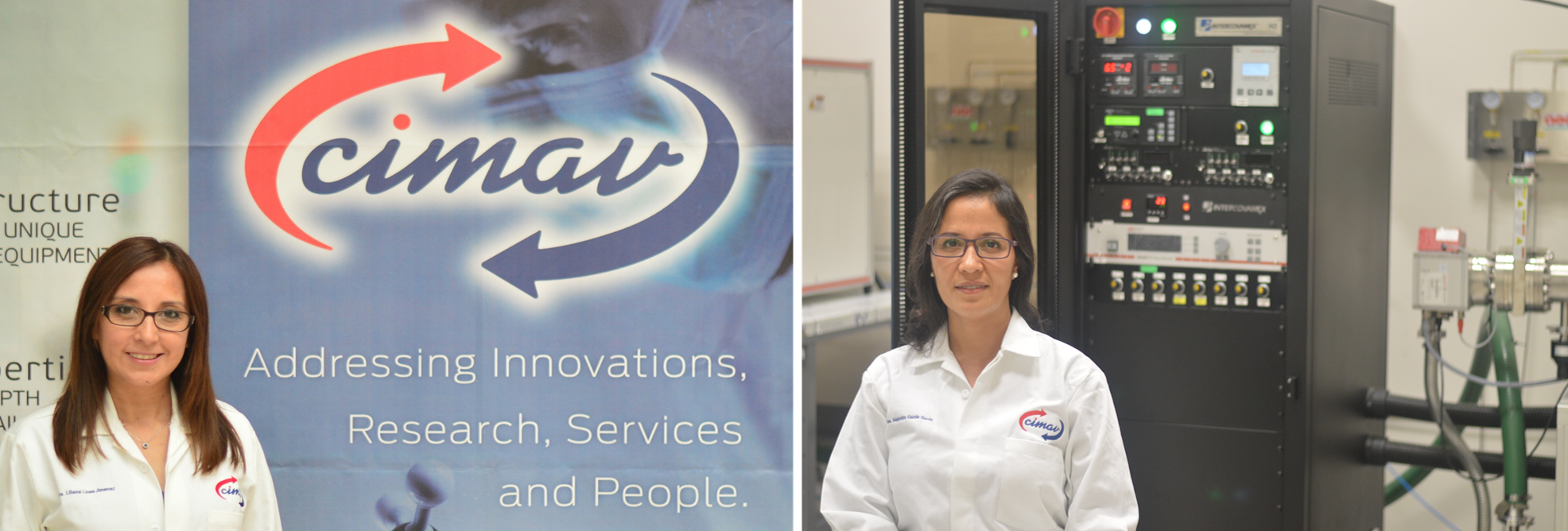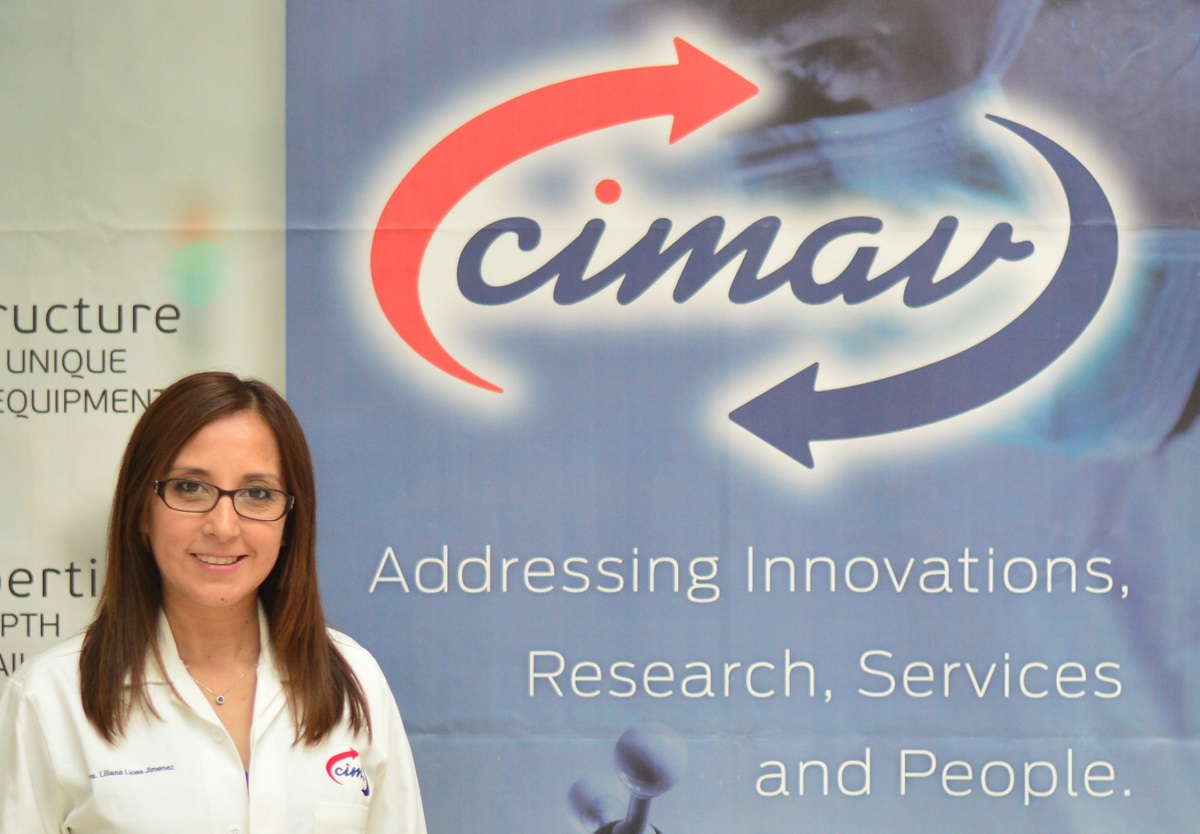
Nanomaterials have been present in nature and human life since ancient times. It is through the development of new, post-industrial revolution technological tools that a great interest on their study and manipulation is generated. A characteristic of nanomaterials, which highlights the importance of their study, is that they generally have better properties when their dimensions decrease to a nanometric level, that is, to the order of a billionth of a meter.
The main competences within this area of research are the experience of their members in synthetizing and obtaining, physically and chemically, nanostructures, as well as the modification of their properties. This field of study opens the doors to different applications in the environmental, energy and automotive sectors. That is why researchers of the Nanostructures and Polymeric Nanocomposites Area are dedicated to studying the characteristics of these materials.
Nanostructures and polymeric nanocomposites represent an alternative to develop new applications by exploring the synthesis and modification routes to allow for higher performance on specific applications such as: pollutant removal, self-cleaning coatings or solar energy conversion, just to name a few examples.
Each member of this area works on specific lines of research to generate basic scientific knowledge and, in turn, address problems in the industrial sector through the solution of national and regional technological challenges.
The overall objective or research into the Laboratory of Nanostructures and Two-dimensional Materials: Synthesis and Modification (Laboratorio de Síntesis y Modificación de Nanoestructuras y Materiales Bidimensionales) is aimed at obtaining and chemically and superficially modifying carbon nanostructures and two-dimensional materials through doping. The modification of those materials though this method allows for control over their properties and, to a certain point, proper design for specific applications.
In order to have control over the chemical modification, first we must know the synthesis methods. The synthesis of carbon nanostructures and analogues is carried out at this laboratory through several methods: CVD (RTCVD, PECVD) and chemical (Intercalation-Exfoliation, co-precipitation, sol-gel, hydrothermal) methods. Once the synthesis method is known and under control, the doping effects and the structural, vibrational, electronic changes and, generally, change of properties that the non-doping systems have, are studied and in order to be directed towards a specific field of application such as energy, catalysis, environment and biomedicine, as well as industrial, automotive and aerospace sectors.

Research lines
- – Synthesis and doping of carbon nanotubes, graphene and graphene oxide for application in fields such as catalysis, environment and biomedicine.
- – Synthesis and doping of M2D or graphene analogues (MoS2, C3N4) for application in energy, catalysis and biosensors.
- – The study of structural, vibrational, electronic and mechanical properties of M2D (graphene, GO, rGO, MoS2, MoO3).
- – The study of hybrid systems (M2D/metallic nanoparticles) for application in fields such as catalysis and biomedicine.
- – Development of advanced coatings for the automotive and aerospace industries.
Group members
Postdocs: Dra. Alejandra Moreno Barcenas. Doctoral thesis: Manuel de Jesús Luevano Rodríguez, Esther A. Huitron Segovia. Master thesis: Pedro L. Cordova Osorio. Bachelor Thesis: Mauricio Guerrero Altamirano.


The main objective of this line of research is to generate knowledge that leads to developing functional materials since the advantages of nanocomposite materials produce synergistic effect between individual materials and enhance their functionality and properties. Also, polymer nanocomposites materials have an increasingly growing demand and possess a high potential for application.
The new properties and/or functionality of the materials developed allow innovation in the energy, automotive, aerospace, textile and electronic industries, as well as the coating and construction sectors.
In the Polymer-based Nanocomposites Laboratory there have been projects such as:
- – Research on the properties in polymer-based composite materials reinforced with carbon nanotubes.
- – Research on the influence of incorporating nanoparticles into UV radiation cured polymer matrixes and their performance as coatings.
- – Harnessing solar energy through the development of metal-polymer nanoparticle composites to be used as active material in photovoltaic cells.
- – Self-cleaning high performance coatings for photovoltaic surfaces.
- – Graphene oxide based nanocomposite materials with controlled properties for application in solar energy.
The technological benefits from the scientific work developed by the Nanocomposites Laboratory reside in providing added value to the industrial products, with social benefits such as the formation of specialized human resources with the capacity of incorporating into the productive sector, with training that is demanded in the industry.
Research lines
- – Functionalization and/or modification of nanostructures and nanoparticles, such as graphene, carbon nanotubes, metal oxide nanoparticles.
- – Preparation of polymeric nanocomposites.
- – Analysis of properties of polymeric nanocomposites for functionality development.
- – Prototypes and proof of concept development.